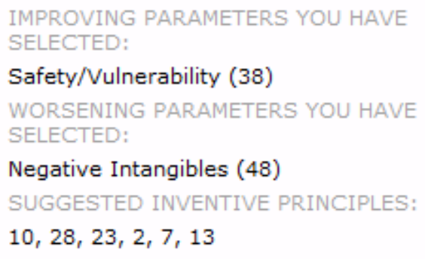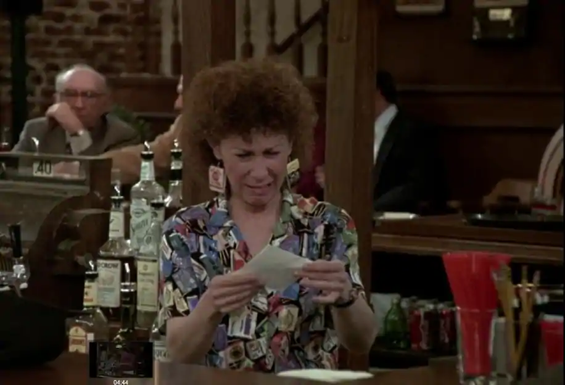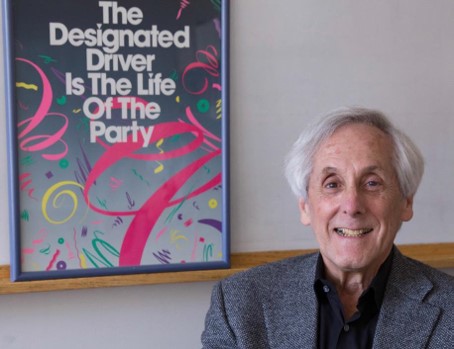What is it about the public sector? Specifically their propensity to try and influence human behaviour using public service announcements. Which almost by definition end up doing the opposite of what they were set up to do. Social distancing campaigns that make people less likely to social distance. Litter reduction campaigns that increase the amount of rubbish on our streets. ‘Just Say No’ type anti-drug campaigns that attract more people to drugs.
The common feature of all these kinds of initiative is their failure to understand the workings of the human mind. People do not change they’ve been told to by a well-intentioned authority figure. Rather, many people – especially youngsters – will stubbornly do the opposite.
So, what to do if we want to reduce drink-driving? Well, rule one, based on past experience, would be to not try and do it using a public service announcement.
Enter Jay Winsten of the Harvard Alcohol Project, a person that recognises people do things for two reasons, a good one and a real one. Traditional public service announcements give people good reasons not to do something, but nothing at all to influence their real-reason thinking. Real-reason thinking is all about appealing to our ABC-M-driven core. In terms of changing a person’s behaviour, this means understanding change happens when a desired new behaviour is perceived by people as ‘normal’. All of us instinctively want to belong to the tribe. And the easiest way to do that is to fit in with what we perceive the tribe already does.
Here’s the basic contradiction: we want to improve drink-driving safety, but traditional campaigns ignore all of the intangible, emotional aspects of a situation and hence end up tapping into the negative rather than positive ones. When we map that pair onto the Contradiction Matrix, it looks something like this:

Back to Jay Winsten. Instead of presenting his designated driver programme as a government social marketing campaign, Winsten persuaded several major Hollywood studios and TV companies to embed casual references to the ‘designated driver’ in their scripts. One of the first shows to take up the challenge was the (set in a bar!) sitcom, Cheers. When the scriptwriters began building designated drivers into the show, they were able to present it to viewers as already ‘normal’ behaviour. If Norm does it, so can we.

Thanks to Carla and Norm, the concept quickly spread from fiction to real life. It was an enormous success, one that has significantly reduced the loss of young life in car accidents.
The principles of Winsten’s solution seem eminently transferable. And consistent with TRIZ:
Principle 28, Emotional Fields – tap into human emotions
Principle 2, Take Out – remove the public service announcement
Principle 13, The Other Way Around – do the opposite of a public service announcement.
Principle 7, Nested Doll – insert the desired concept into an established set of popular fictional characters
Principle 10, Plant the idea in people’s heads as already established normal

